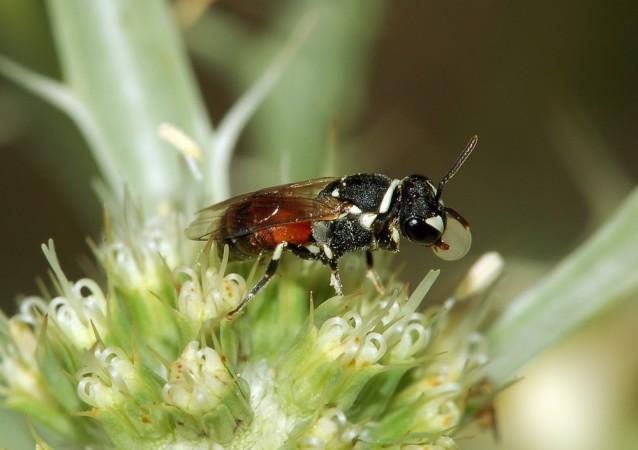
Amid prevailing concerns that certain bee species are on the verge of extinction, the US Fish and Wildlife Service has added seven such bee species to the endangered species list.
Ten new animal species and 39 plant species, all from Hawaii, including seven species of yellow-faced bees, all in the Hylaeus genus have been added to the list.
The addition made by US Fish and Wildlife Service (USFWS) is distinct from its better known counterpart – the IUCN Red List. When USFWS places a new species on the list, it is required to make a comprehensive plan, including new rules on habitat destruction and poaching. This marks the first time any bee species has been added to the USFWS's endangered species list.
The decision was arrived at after considering the constant petitioning by the Xerces Society, a group dedicated to saving invertebrate species. They have pointed out the vulnerability faced by bees since 2009.
Hawaiian yellow-faced bees often have small and isolated populations, and they rely heavily on native plants for both pollen and, sometimes, nesting sites (they like the hollow insides of some plant stems).
The major causes of the downfall in the populations of these bees is believed to be habitat destruction and from invasive species (invasive plants can box out the native plants on which the bees rely, and invasive animals like feral pigs can destroy their habitats).
The Xerces Society recommends "active management of natural areas where populations are known to exist" to protect the bees which are primary pollinators for many of the native plants of Hawaii.












!['Had denied Housefull franchise as they wanted me to wear a bikini': Tia Bajpai on turning down bold scripts [Exclusive]](https://data1.ibtimes.co.in/en/full/806605/had-denied-housefull-franchise-they-wanted-me-wear-bikini-tia-bajpai-turning-down-bold.png?w=220&h=138)
![Nayanthara and Dhanush ignore each other as they attend wedding amid feud over Nayanthara's Netflix documentary row [Watch]](https://data1.ibtimes.co.in/en/full/806599/nayanthara-dhanush-ignore-each-other-they-attend-wedding-amid-feud-over-nayantharas-netflix.jpg?w=220&h=138)



